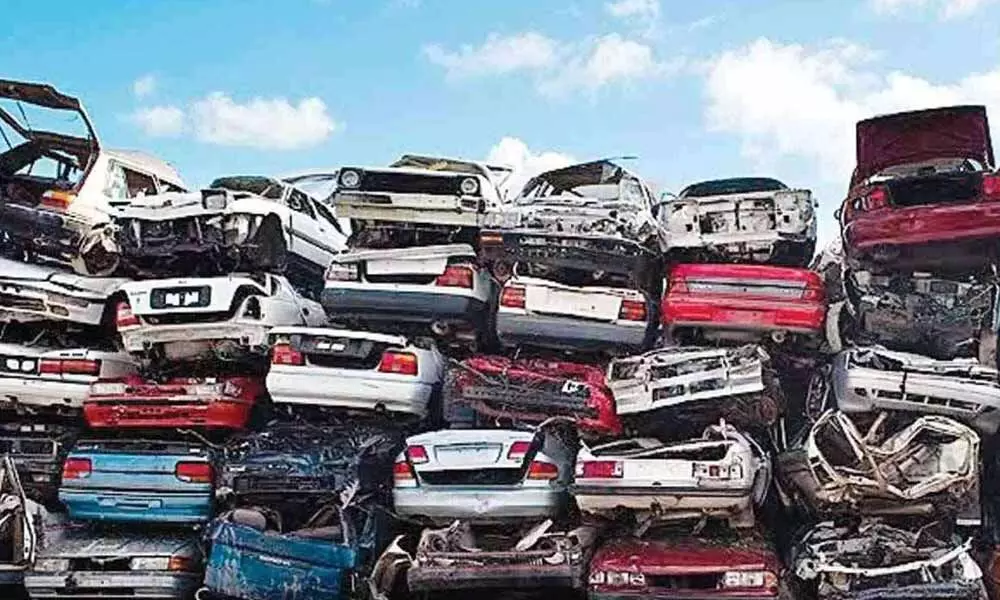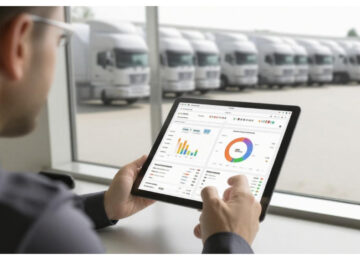Understanding the scrap car value Singapore market requires examining an elaborate system of regulations and economic incentives that has effectively transformed vehicle ownership into a controlled, temporary privilege rather than an enduring right. This system, refined over decades, represents one of the world’s most sophisticated approaches to automotive population control—a web of policies that turns personal vehicles from long-term assets into depreciating commodities with predetermined expiration dates.
The Colonial Origins of Control
The foundations of Singapore’s current vehicle management approach trace back to British colonial administration, when the first comprehensive vehicle registration systems were established in the 1920s. These early regulatory frameworks, originally designed to manage traffic in a growing port city, evolved into increasingly sophisticated instruments of social and economic control:
· The 1931 Road Traffic Ordinance established centralised recordkeeping for all motor vehicles
· Post-war reconstruction prioritised commercial transport infrastructure over private vehicle accommodation
· Early attempts at congestion management in the 1960s became templates for today’s quota-based restrictions
· The Vehicle Quota System introduced in 1990 transformed car ownership from a market-driven to a government-controlled process
“Singapore’s approach to vehicle management represents one of the most direct inheritances from colonial administrative systems,” explains Dr. Teo Cheng Wei, transportation historian at Nanyang Technological University. “What began as colonial traffic management evolved into perhaps the world’s most comprehensive system of automotive social engineering.”
This historical evolution reveals the gradual transformation of practical traffic management into a sophisticated economic instrument that generates substantial government revenue while enforcing strict social control of private transportation.
The Quota System: Engineering Scarcity
At the heart of Singapore’s vehicle management regime lies the Certificate of Entitlement (COE) system—a mechanism that artificially limits vehicle numbers while simultaneously extracting maximum revenue from those permitted to own cars:
· COEs typically expire after 10 years, after which owners must either purchase a new certificate or scrap the vehicle
· Certificate prices fluctuate based on bidding, sometimes exceeding S$100,000 for larger vehicle categories
· The system generates approximately S$2-3 billion in annual government revenue
· For most vehicle owners, COE costs now exceed the value of the car itself
The economic consequences of this engineered scarcity fall disproportionately on middle-income households. “What makes Singapore’s system remarkable is how thoroughly it transforms cars from depreciating assets into rapidly diminishing leases,” notes economist Dr. Lian Wei Quan. “A five-year-old vehicle in most countries retains 60-70% of its value. In Singapore, the same vehicle may have lost 80-90% of its effective value when accounting for COE depreciation.”
The Economics of Forced Obsolescence
For vehicle owners, this system creates a precise mathematical calculus at the end of the COE period:
· Renewing a COE for 5-10 years typically costs S$40,000-S$80,000 depending on vehicle category
· PARF (Preferential Additional Registration Fee) rebates decrease substantially as vehicles age
· Maintenance costs for aging vehicles increase exponentially after the 7-8 year mark
· The regulatory framework deliberately tilts the economic calculation toward scrapping rather than retention
This systematic pressure creates what transportation economist Rahman Abdullah calls “a form of regulated obsolescence unique in global automotive markets.” Unlike natural vehicle depreciation in most economies, Singapore’s system imposes artificial endpoints regardless of vehicle condition or usability.
The Valuation Process: Multiple Streams
When a vehicle reaches the end of its COE lifespan, its value derives from multiple sources beyond simple scrap metal recovery:
· Remaining COE value can be transferred or refunded
· PARF rebates return a portion of the original registration fees
· Usable components retain value in secondary markets throughout Southeast Asia
· Precious metals in catalytic converters and electronics represent recoverable commodities
· The actual metal scrap value constitutes only 8-12% of total recovery value
“What distinguishes Singapore’s system is the complexity of the value calculation,” explains automotive appraiser Siti Aminah Lim. “The regulatory components of value—COE rebates and PARF refunds—typically exceed the material value of the vehicle itself by a factor of five to ten.”
For owners navigating this system, understanding these multiple value streams becomes essential for maximizing recovery. Those who fail to properly time their vehicle surrender or misunderstand the rebate calculations can lose thousands of dollars in potential refunds.
The Human Consequences
The mathematical precision of Singapore’s vehicle control system obscures its profound social impacts. For middle-income families like the Tans from Tampines, the end of their vehicle’s COE period creates financial strain and difficult choices.
“We budgeted for the purchase price and maintenance,” explains Mr. Tan, a 52-year-old civil servant. “But when our COE expired, the renewal cost almost matched our annual salary. We had no choice but to surrender the vehicle, though it ran perfectly and had years of potential service remaining.”
These enforced transitions disproportionately impact:
· Families with young children who rely on vehicles for daily logistics
· Older Singaporeans with mobility challenges
· Small business owners who depend on vehicles for operations
· Middle-income households with limited financial flexibility
“The system creates predictable cycles of financial strain for ordinary Singaporeans,” notes social researcher Dr. Kamala Devi. “While presented as environmental policy, its practical effect is to stratify mobility options along income lines more dramatically than virtually any other developed nation.”
Conclusion
Singapore’s vehicle management system represents one of the world’s most comprehensive experiments in automotive social engineering—a system that transforms cars from durable consumer goods into temporary leases strictly controlled by state bureaucracy. For Singaporeans navigating vehicle ownership, understanding the complex economic calculations and timing considerations becomes essential for maximizing the financial outcome when facing the inevitable end of their vehicle’s permitted lifespan. Whether motivated by financial necessity or regulatory requirement, Singaporeans benefit from thoroughly researching the multiple factors that determine the final scrap car value Singapore.











